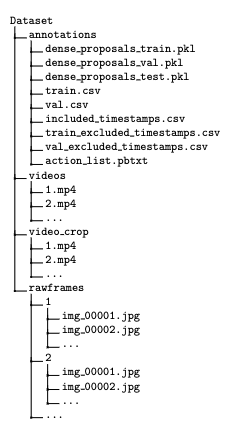数组集合
基础操作:
数组集合定义:由一串有序的相同类型的元素构成的集合
数组的基本声明:
1、 var strudentList : Array<Int> ; //声明一个strudentList 数组,数组元素的类型是Int型
2、var strudentList : [Int] ; //一种偷懒的strudent List数组声明,数组元素类型是Int 型
数组的初始化
1、var strudentList : Array<Int>= [10,10,10] //声明初始化studentList 型
2、var strudentList = [10,101] //根据Swift语言的类型推断能力来声明一个studentList的数组,数组元素类型是 Int 型。
3、var strudentList = Array<Int>() //声明一个空值的strudentList数组,数组元素的类型是Int型
4、var strudentList = [String]() // 声明一个控制的strudentList 数组,数组元素类型是String型
在声明数组的时候我们可以使用两个关键字 var和let ,在使用var 的时候,程序后期可以改变数组的值;在使用let 的时候,数组已经声明之后不能发生改变
数组元素操作:增、删、改、插入元素
增加元素
例子:var strudentList : Array<String> = ["张三","Jack"] ;
strudentList.append("十元") ;
2、在数组末尾添加多个元素
strudentList += ["Mark","R"] ;
插入元素
strudentList.insert("飞鱼",atIndex : num) //num是要插入的数组位置,这里请注意数组的位置时从零开始计算的,比如[10,10] 那么他的下表技术为 0,1
删除元素
let names=strudentList.removeAtIndex(num) ; //num是要删除数组元素的下表,使用这种删除方法,方法可以返回被删除元素的内容,如果不需要这个元素我们可以直接strudentList.removeAtIndex(num)
数组的遍历
数组的遍历啊有三种方法可以使用
1、for in 输出数组元素
foriteminstudentList{
println(item);
}
2、输出数组下标和元素
for(id,name)inenumerate(studentList){
if(id!=studentList.count-1){
print("Item\(id):\(name),");
}else{
println("Item\(id):\(name)");
}
}
for(vari:Int=0;i<strudentList.count-1;i++){
if(i!=strudentList.count-2){
print("Item\(i):\(strudentList[i]),");
}else{
println("Item\(i):\(strudentList[i])");
}
}






